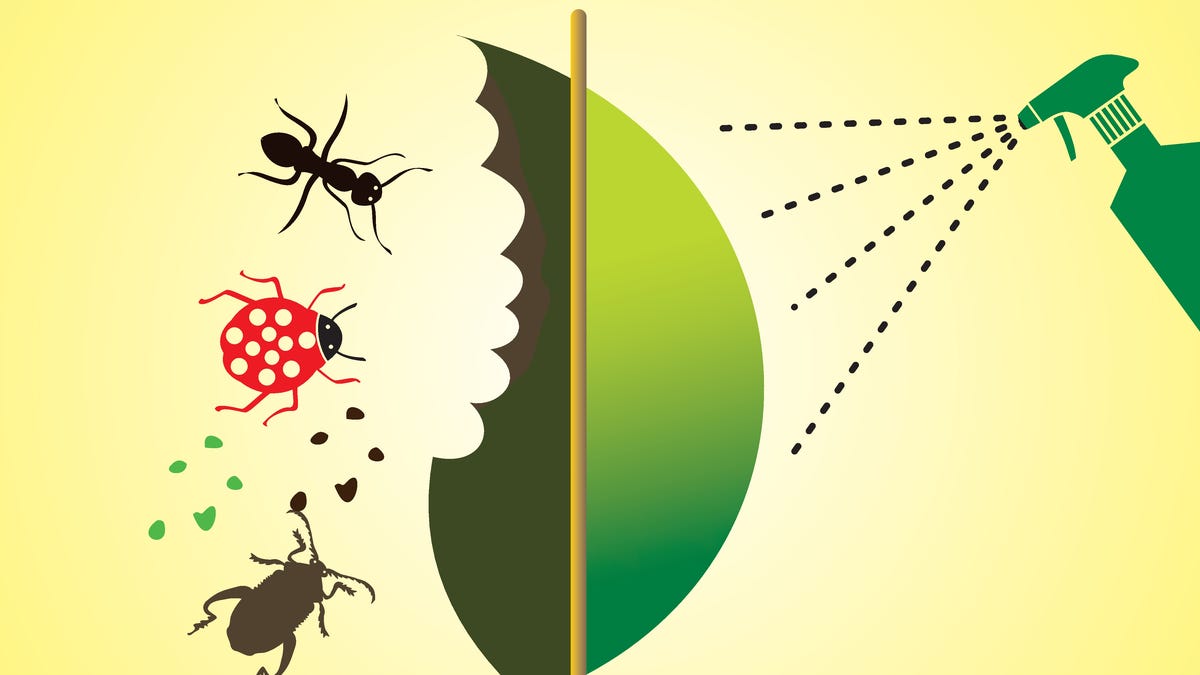As you might be aware, El Paso County and much of Colorado is seeing an uptick in mountain pine beetle (MPB) activity. MPB is a native insect that usually attacks weaker trees as part of a natural cycle of forest renewal. However, MPB can switch from endemic levels to outbreak levels. Parts of the county, particularly in Black Forest, are seeing outbreak levels.
Mountain pine beetle has a one-year life cycle in Colorado. In summer, adults leave the dead, yellow- to red-needled trees in which they developed. In general, females seek out large-diameter, living, green trees that they attack by tunneling under the bark. However, under outbreak conditions, small-diameter trees also might be attacked.
Coordinated mass attacks by many beetles allow the beetles to overcome the treeâs defense system. The tree will produce resin to try to push out the beetles, but too many beetles attacking at once will be too much for the tree. If successful, each beetle pair mates and lays about 75 eggs under the bark.
MPB larvae spend the winter under the bark. Larvae can survive the winter by metabolizing an alcohol called glycerol that acts as an antifreeze. Recently, winter temperatures have not been cold enough to kill off overwintering beetles (the temperatures need to drop quickly in the fall when the beetles are still vulnerable, or reach 30 below zero for several days in the middle of winter), and the pine beetles have been increasing in numbers.
Emergence of new adults can begin in mid-June in our area. These new adults fly to new trees to attack and begin the cycle all over again. Once MPB infests a tree, nothing practical can be done to save that tree, despite some rumors that spraying infested trees can kill the beetles inside. Under epidemic or outbreak conditions, enough beetles can emerge from an infested tree to kill at least two, and often more, trees the following year, causing an exponential spread.
To reduce the spread of beetles, inspect pine trees on your property this fall. If the tree is green, but the trunk is peppered with many popcorn-shaped pitch tubes, that tree is infested and will die next year. It is best to cut that tree down. Dispose of infected trees by chipping the entire tree, or dispose of the tree in an area at least a mile away from any other pine trees. Taking action now can help stop the spread on your property and in your immediate vicinity. If we work together, we can slow the spread and save more of our trees.
Submit gardening questions to [email protected] or call 719-520-7684. The in-person help desk is closed for the seasony; questions submitted via email will be answered remotely. Find us on Facebook at Colorado Master Gardeners – El Paso County.
Submit gardening questions to [email protected] or call 719-520-7684. The in-person help desk is closed for the seasony; questions submitted via email will be answered remotely. Find us on Facebook at Colorado Master Gardeners – El Paso County.









